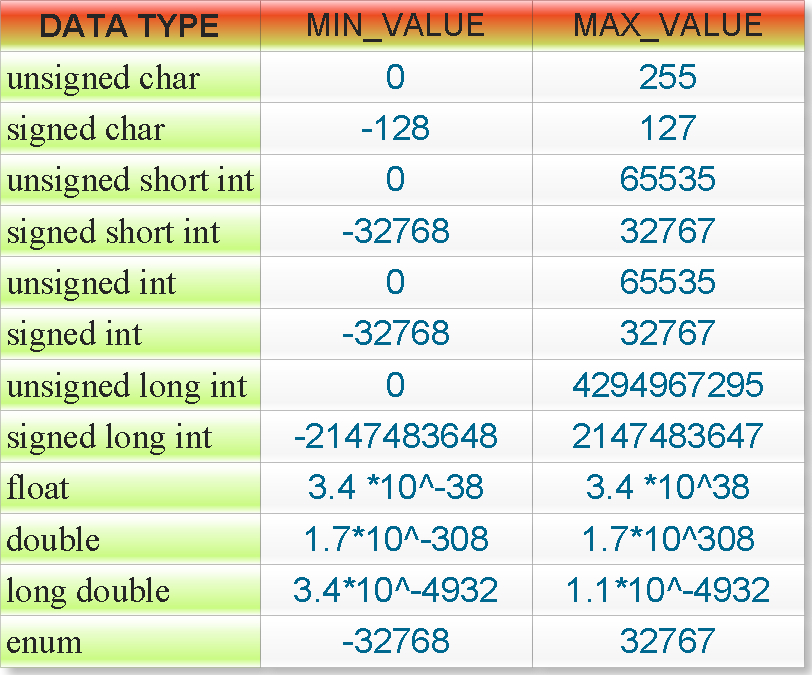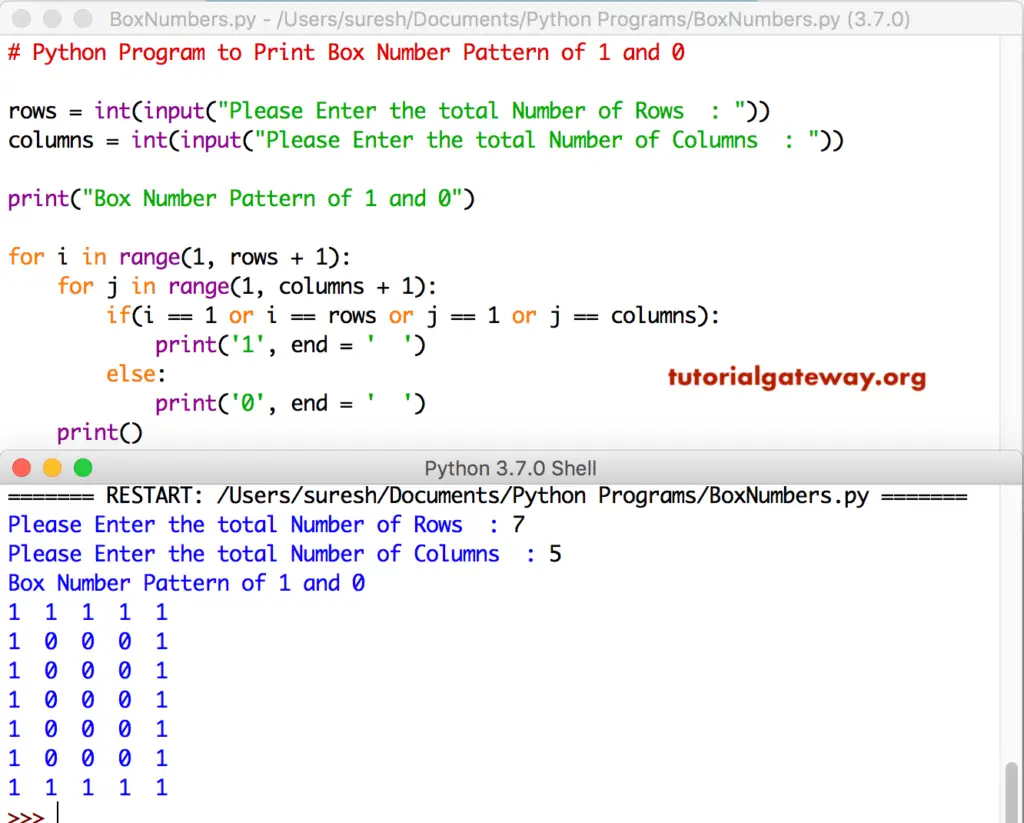


Of 120 dimers of core protein (Cp) forming icosahedral structures in vivo with T = 4 quasi-symmetry. The hepatitis B virus (HBV) mature capsid is composed Ionic strength, etc.) that promote associations between Was triggered by changes in solution conditions (pH, temperature, Resulting stable subunits were used in kinetic experiments where self-assembly Were purified under conditions where disassembly was favored and the Our understanding of the mechanism for capsid formation has primarilyīeen advanced through assembly experiments in vitro.( 4) In successful examples, capsid proteins Role not only in viral maturation but also for cellular recognition,Ī better understanding of these mechanisms is desirable for both theĭevelopment of antiviral drugs 1 and otherĪpplications such as vaccine development, 2 biotechnology, 3 and protein design/engineering. Selectively transport and deliver its cargo to infect new host cells, The final assembled protein shell, or capsid, must also The spontaneous self-assembly of hundreds of individual and identical One of the most complex processes in biology and typically involves Infection is the encapsulation of the nucleic acids necessary for Information from different time-points during time-resolved experimentsĬan be utilized to derive a structural model of protein self-assembly These results also illustrate how combining scattering To obtain a more complete mechanistic understanding of HBV capsidįormation.

Comparisons between truncatedĪnd full-length HBV capsid proteins reveal that the unstructured C-terminalĭomain has a significant impact on the assembly process and is required In the presence of an RNA oligo that binds specifically to the C-terminalĭomain the assembly proceeds via a similar mechanism On-path, transient and efficiently convert into fully formed capsids. Two highly populated intermediates, a trimer of dimers and a partiallyĬlosed shell consisting of around 40 dimers. Supports an assembly pathway that proceeds through the formation of Of analysis with multivariate curve resolution, structural modeling,Īnd Bayesian ensemble inference. Structural model of the HBV capsid assembly process using a combination Time-resolved small-angle X-ray scattering. Hepatitis B virus (HBV), we studied the formation of nucleocapsidsĪnd empty capsids from full-length hepatitis B core proteins, using Mechanism of hepatitis B capsids has been intensively researched usingĪ truncated core protein lacking the C-terminal domain responsibleįor binding genomic RNA. Many of the mechanistic details underpinningĮfficient assembly of virus capsids are still unknown. That are assembled from a large number of subunits in a process that Of viruses is protected by protein shells


 0 kommentar(er)
0 kommentar(er)
